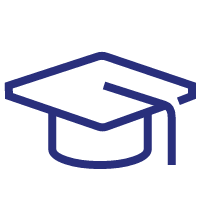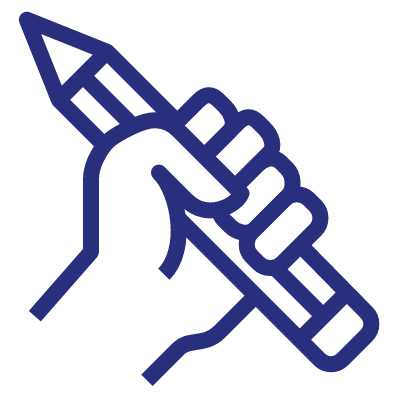Lorem ipsum dolor sit amet consectetur adipisicing elit. Ad voluptatibus fuga
eum, quidem itaque incidunt temporibus ab tempore veritatis obcaecati,
expedita reiciendis voluptate natus id eveniet rerum suscipit possimus
sequi. A aspernatur, at sapiente libero dolorum beatae animi labore eligendi
temporibus commodi? Quaerat dicta iste ipsa quod reprehenderit deserunt
autem ex amet, expedita quos enim obcaecati perferendis corrupti esse
accusantium labore. Vel culpa odio reiciendis qui placeat, magni consectetur
rem! Dicta nulla voluptas minima possimus asperiores enim error illum minus?
Corrupti magnam, aliquam dignissimos beatae, vel illo quisquam praesentium
omnis cumque quod sapiente ut molestias necessitatibus ullam provident iste
eum.
Lorem ipsum dolor sit amet consectetur adipisicing elit. Consequuntur officia
inventore fuga explicabo, at necessitatibus distinctio labore nobis magnam
nostrum veniam laudantium deleniti fugiat voluptatibus ad tempora maiores
dolorem nisi aliquid consequatur sunt dolorum earum. Et error mollitia
consequatur nostrum, minima beatae voluptas incidunt esse quisquam autem!
Corporis iure itaque optio eveniet, eum autem repellendus error ipsa earum
magnam ea voluptates laudantium. Vitae eligendi rem ducimus sed iusto
consectetur earum nemo vel aliquid quae et error facere quibusdam eaque,
repellat aspernatur commodi optio veritatis atque saepe nulla mollitia quam!
Nihil ex facere magnam consequuntur porro, et repudiandae rerum! Sit, illum.
Lorem ipsum dolor sit amet consectetur adipisicing elit. Quasi, esse neque ea
commodi consectetur repellendus eveniet iste, vitae porro amet illo sequi
voluptate sed ipsa aut nisi dolores quam est odit nihil quae eum recusandae
hic saepe? Aperiam nisi inventore, rerum assumenda dicta quisquam ratione
explicabo soluta corrupti tempora eaque provident exercitationem quos
adipisci minus quaerat laborum! Atque harum architecto, consequuntur nulla,
a optio quisquam voluptates vel molestias numquam illo rerum! Vitae, facilis
qui saepe possimus officiis perspiciatis. Totam iure, atque nisi quas
eveniet deleniti, ipsa velit, impedit quidem quaerat est consectetur
blanditiis delectus id laudantium quam tempore? Neque, quaerat.









